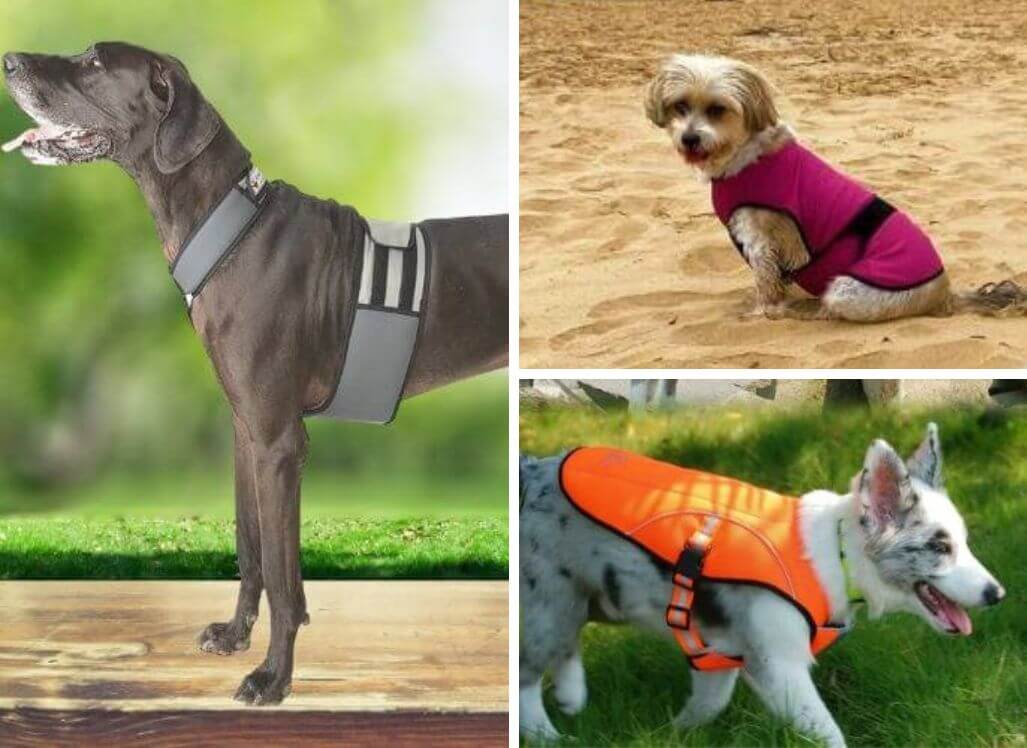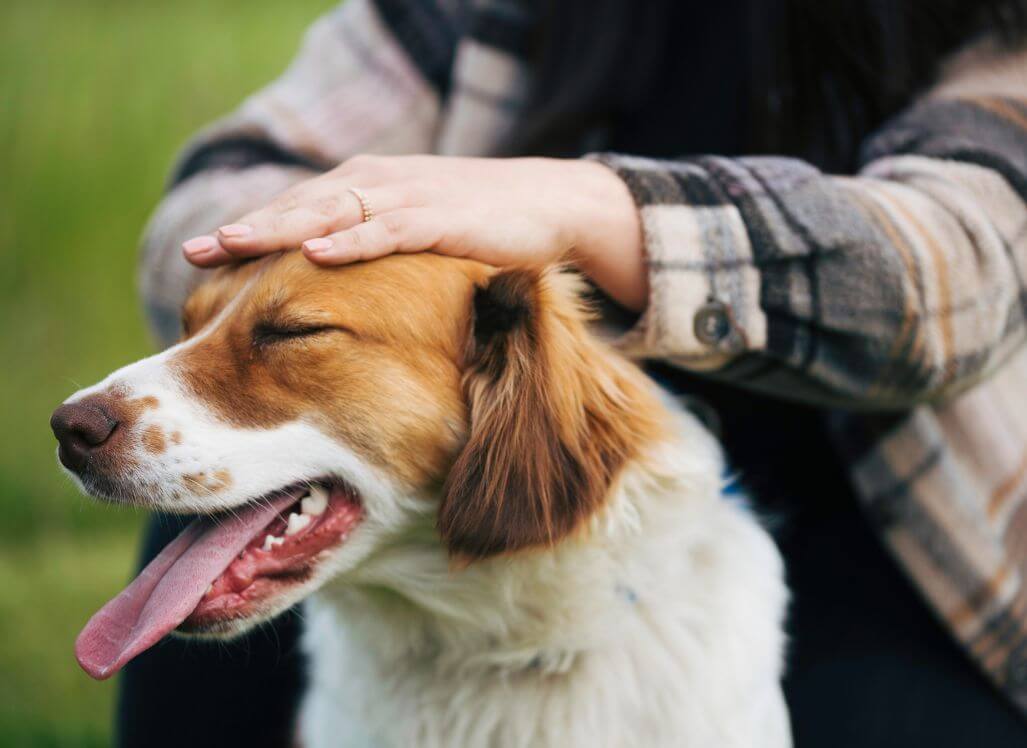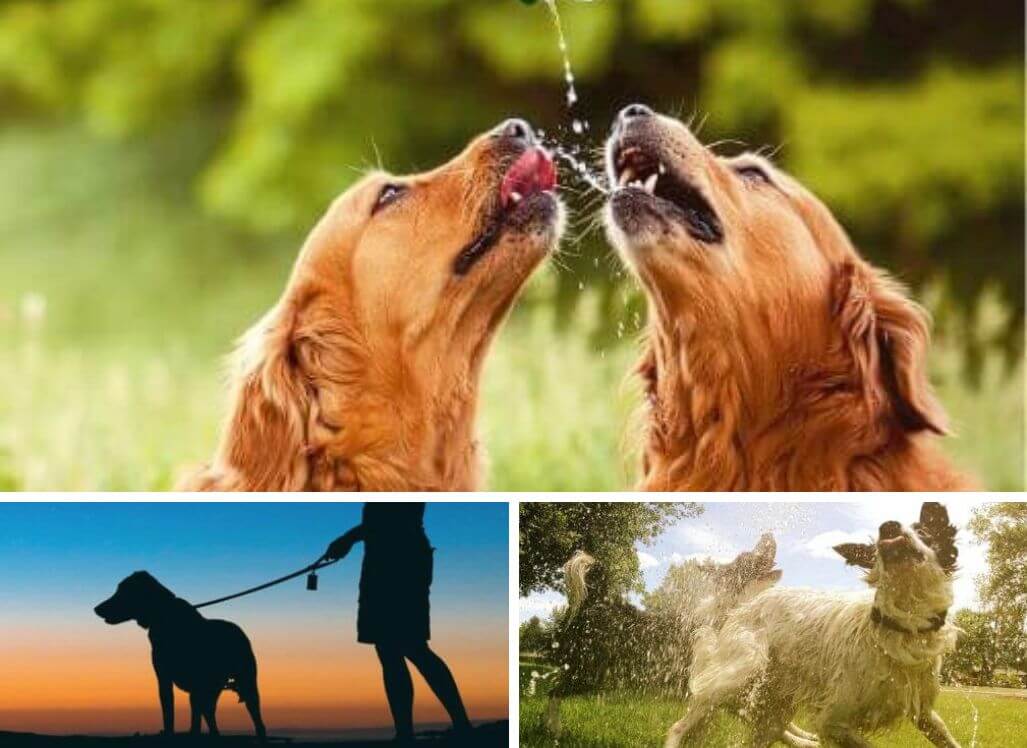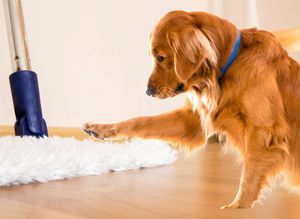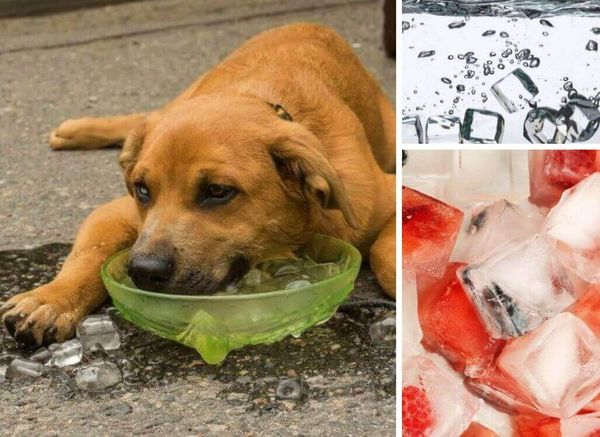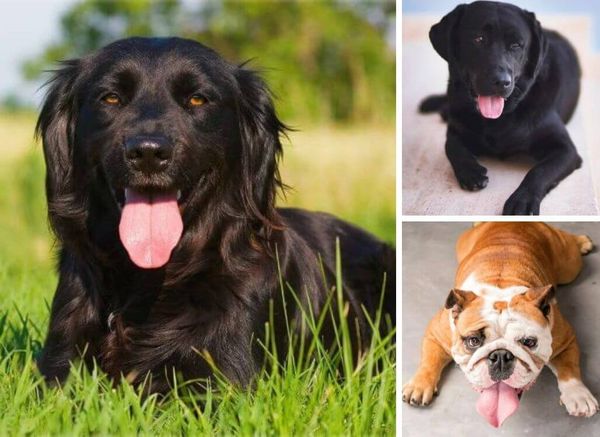Have you ever seen your dog sweating?
We all know that humans sweat to cool down and regulate our body temperature, but what about our canine companions? Do dogs sweat? The answer might surprise you.
Dogs do have sweat glands, but they aren't used in quite the same way we use ours. In fact, dogs have a few different ways to regulate their body temperature and stay cool.
In this blog post, we'll explore the various ways dogs cool down, from their panting to their unique sweat glands. By the end of this article, you'll have a better understanding of how dogs keep cool, even on the hottest of days.
So, let's dive in and find out: Do dogs sweat, or have they got another trick up their sleeve?
How Do Dogs Sweat?
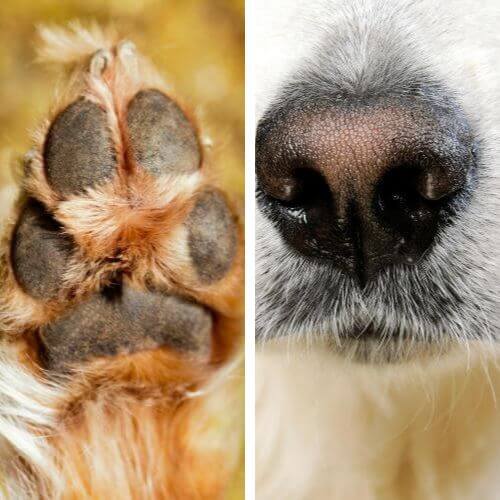
Did you know that dogs have two types of sweat glands?
Dogs have apocrine glands located all over their body, but they don't sweat much from those. Instead, the primary purpose of these glands is to release pheromones that are used for communication with other dogs through scent.
Dogs sweat mainly from their paws - if you've noticed a trail of wet paw-prints across the floor, it could be doggy sweat. Or you may notice your dog's nose is wet. The eccrine glands are located on paw pads and noses, since "it is far more efficient for dogs to have sweat glands where there is little fur, where sweat can get trapped and can’t evaporate easily".
Some scientists also believe the sweat glands on a dog’s paws can help to increase traction in addition to helping regulate their body temperature - "experts speculate that sweat on a dog's paw pads actually has more to do with traction than temperature. In other words, it makes their paws tackier and better at gripping the ground."
The Role of Sweat in Canine Cooling
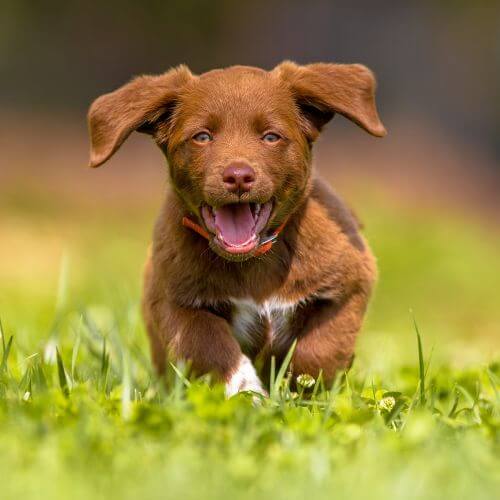
While sweating through their paw pads (and noses) does play a role in cooling dogs down, it is not their primary method of regulating body temperature. In fact, these methods produce only a small amount of sweat.
So, if dogs don't rely on sweating as their primary method of cooling down, how do they regulate their body temperature?
Canine Cooling Mechanisms
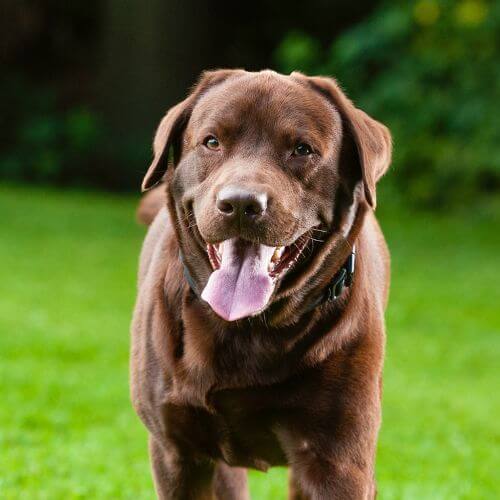
Panting is the most effective way dogs cool themselves down. However, the focus of this blog post is on canine sweating, so we'll save the discussion on panting for another time.
Another factor that contributes to a dog's cooling process is the dilation of blood vessels near the skin surface, a process known as vasodilation. Increased blood flow to the surface of extremities and exposed areas of skin like the ears and feet, causing more heat loss.
A third cooling mechanism is conduction, where a dog can lie in contact with a cold surface, and lose heat that way.
In Conclusion

Do dogs sweat? Yes, they do, but it's not their primary method of cooling down. While sweating through their paw pads plays a role in helping dogs stay cool, particularly when their paws are exposed to hot surfaces, dogs rely mainly on panting to regulate their body temperature.
So when it comes to keeping cool, dogs have a few tricks up their sleeve.
Now you know how your pup keeps cool on hot summer days! Next time you take your furry friend for a walk, take a closer look at their paw pads and nose and appreciate the amazing way their bodies are designed to keep them cool in warm weather.
Thanks for reading!
You may also like:
